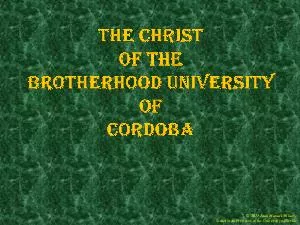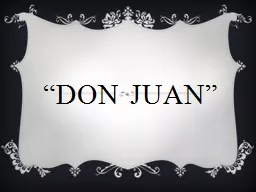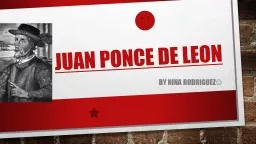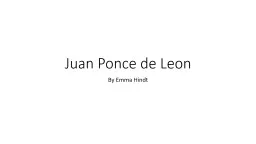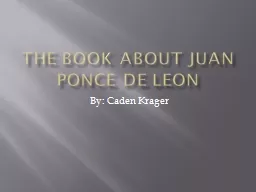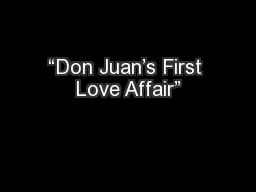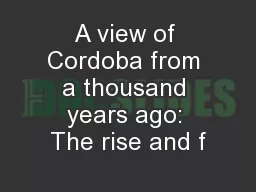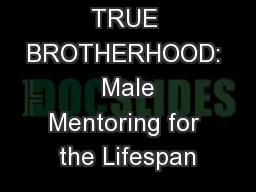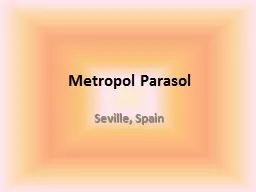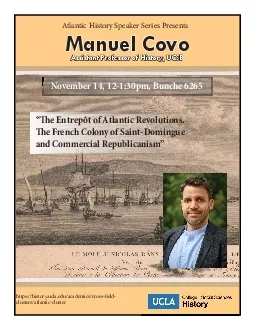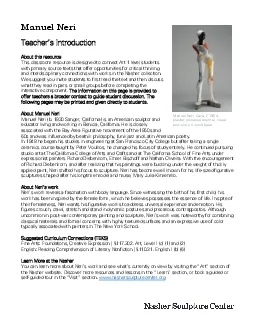PDF-Juan Manuel Miarro Sculptor Professor of the University of Seville The Christ of the
Author : jane-oiler | Published Date : 2015-03-13
It is the only Shroud based Crucifix in the world and it reflects up to the last detail the multiple traumatisms of the corpse as they are reflected in the Shroud
Presentation Embed Code
Download Presentation
Download Presentation The PPT/PDF document "Juan Manuel Miarro Sculptor Professor o..." is the property of its rightful owner. Permission is granted to download and print the materials on this website for personal, non-commercial use only, and to display it on your personal computer provided you do not modify the materials and that you retain all copyright notices contained in the materials. By downloading content from our website, you accept the terms of this agreement.
Juan Manuel Miarro Sculptor Professor of the University of Seville The Christ of the: Transcript
Download Rules Of Document
"Juan Manuel Miarro Sculptor Professor of the University of Seville The Christ of the"The content belongs to its owner. You may download and print it for personal use, without modification, and keep all copyright notices. By downloading, you agree to these terms.
Related Documents

